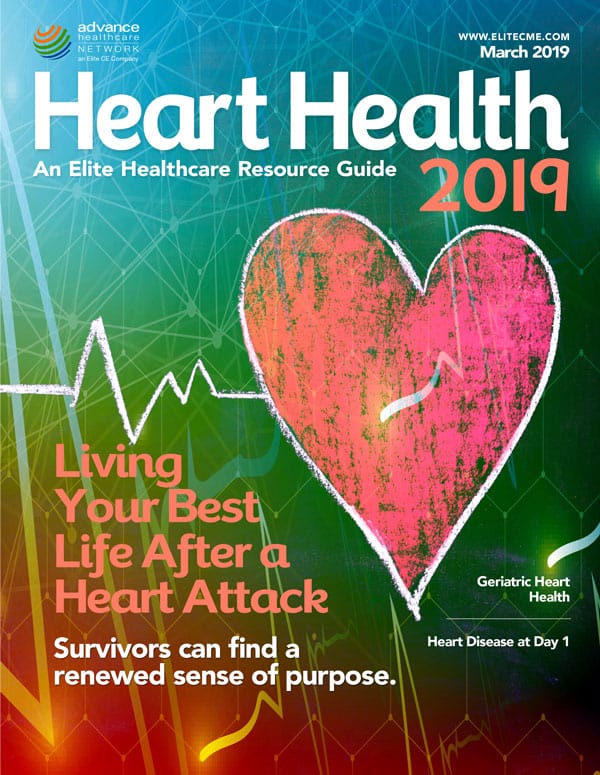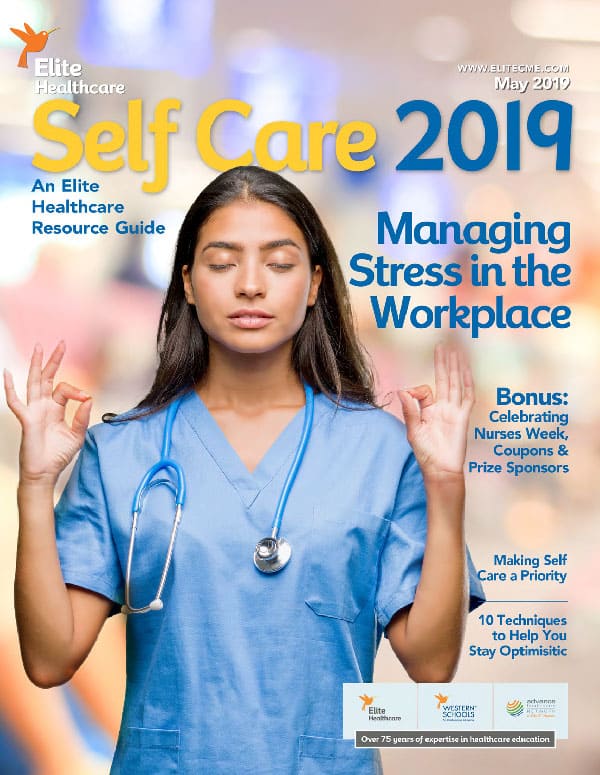Vol. 19 •Issue 9 • Page 25
Therapist-Driven Protocols
Are Not Always Cut-and-Dried Success Stories
Imagine my surprise when I saw the following poster session on the conference agenda at a recent meeting of the American College of Chest Physicians: “Successful Weaning from Mechanical Ventilation after Failing a Respiratory Therapist Driven-Protocol.” I thought therapist-driven protocols were supposed to be good for us.
Protocols are supposed to improve outcomes, decrease length of stay, cut the occurrence of ventilator acquired pneumonia and save money. Perhaps because of this latter benefit, most health care articles on the topic are written about the more expensive procedures like ventilator weaning.
Let’s take a look at what the literature has to say about weaning protocols.
Actually, that literature search is easy because it has already been done for us. The Agency for Healthcare Policy and Research asked the McMaster University Evidence-Based Practice Center to investigate the literature available on the discontinuation of mechanical ventilation.
McMaster researchers narrowed the more than 5,000 articles available down to 154 key studies and issued their report in 2000. Using the McMaster data as a starting point, the American College of Chest Physicians, the Society for Critical Care Medicine and the American Association for Respiratory Care conducted their own research and developed a set of clinical practice guidelines.
Some Study Findings
Their findings recommend the use of protocols based on:
• A reduction of ventilator time,
• Lower costs and
• Fewer complications.
Unfortunately, not all of the articles available on the topic are so glowing in their findings. There are some negative articles out there.
In 2002, Murray and colleagues at Johns Hopkins University presented an abstract looking at the length of ventilator time in their 14-bed MICU. They randomized patients to either a traditional physician-directed weaning strategy or a respiratory care protocol. The protocol included a daily evaluation of the patient’s status.
If the patients met certain criteria, they were tried on an hour-long hour CPAP trial.
Those who failed this trial were returned to mechanical ventilation.
Researchers found that the patients being weaned by the traditional physician-directed method had a mean ventilator length of stay of 141.6 hours. Meanwhile, the patients being weaned by the respiratory care protocol had a median ventilator length of stay of 146.3 hours.
No Statistical Differences
These data would seem to suggest there really were no significant differences in whether or not RTs used a respiratory care protocol. But then these researchers added an interesting caveat to their data. They noted, “Its utility (the protocol) will vary with ICU routines and staffing levels and should be individually tested.”
This same group of researchers published a subsequent article in 2004, using data from a similar study design. In this study, the median ventilator length of stay was 60.4 hours for the protocol group versus 68.0 hours for the traditionally weaned group.
Johns Hopkins researchers noted in this article that their physicians use a template in rounds to guide the discussion about mechanically ventilated patients. They go on to say that mechanical ventilation weaning should be addressed regularly and that weaning protocols, structured rounds and additional staffing may be useful tools.
Nonetheless, the researchers concluded that “protocol-directed weaning may be unnecessary in a closed ICU with generous physician staffing and structured rounds.”
It is easy to use these “new data,” released in the past several years, to conclude that therapist-driven protocols don’t work.
But not so fast.
Discussion Rule the Day
Johns Hopkins data reflect that in their hospital system, detailed guided discussions of the patient in physician rounds are just as effective as the protocol.
It could be argued that detailed template-guided discussions are in and of themselves a protocol.
They are just a physician’s protocol and not an respiratory therapist- or nursing-driven one.
Their findings echo those of Ely et al. who in 1996 concluded that the daily evaluation of mechanically ventilated patients—followed by spontaneous breathing trials—would reduce the length of time a patient spent on mechanical ventilation, would cut ICU costs and would reduce complications.
Ely and colleagues looked at 300 patients who were randomly assigned to either a protocol or standard care group. Patients in both groups were evaluated daily by a respiratory therapist. Patients in the protocol group were tried on spontaneous breathing trials.
Do you see a pattern here?
Let’s go back to our initial conference lecture based on “patients who failed.” This was a retrospective study of 36 mechanically ventilated patients in a hospital ICU.
It is not clear whether these 36 patients are the total number of patient mechanically ventilated overall or whether they are the total number who failed to meet the weaning protocol criteria.
Researchers reported that seven of these 36 individuals were subsequently successfully extubated based on an individualized assessment of their status.
They concluded that “in some cases, physician judgment can improve the rates of successful weaning.” Based on that comment, I don’t know that we could find a better case exemplifying the need for a collaborative team aproach to weaning than this.
Reaching Same Conclusion
Basically, the literature review, the clinical practice guidelines and these recent studies all say the same things: Weaning protocols do work.
Beyond that, the reports note the choice of a specific style of weaning protocol (respiratory-, nursing- or physician-driven) is best determined by the individual institution.
That the institution must commit the necessary caregiver resources to effectively implement the protocol determined to be most beneficial is taken for granted.
At the same time, protocols should not be viewed as something carved in stone. Protocols should be flexible enough to adapt to each patient’s needs while still providing a structured process to benefit the quality care being offered.
There are ample data showing us weaning protocols improve outcomes, decrease length of stay, decrease the occurrence of ventilator acquired pneumonia and save money.
But they are not one-size-fits-all solutions. As caregivers, we have to decide how best to implement protocols in our own institutions.
References
Agency for Healthcare Research and Quality. Criteria for weaning from mechanical ventilation. 2000 Agency for Healthcare Research and Quality: Rockville MD. ARHQ publication 00-E028.
Ely EW, Baker AM, Dunagan DP, et al Effect on the duration of mechanical ventilation of identifying patients capable of breathing spontaneously. N Engl J Med (1996; 335: 1864-1869).
Kavathia D, Betensley A. Successful Weaning from Mechanical Ventilation after Failing a Respiratory Therapist Driven Protocol. Poster Session: Mechanical Ventilation. American College of Chest Physicians, Montreal, Canada. Presented: Tuesday, Nov. 1, 2005.
Krishnan JA, Moore D, Robeson C, Rand CS, Fessler HE. A prospective, controlled trial of a protocol-based strategy to discontinue mechanical ventilation. Am J Respir Crit Care Med. (2004, Mar 15; 169, 6: 673-8). Epub, 2004, Jan 15.
MacIntyre NR. Current issues in mechanical ventilation for respiratory failure. Chest (2005 Nov;128 (Suppl 2): 561S-567S).
MacIntyre NR, Cook DJ, Ely EW, Jr,, et al Evidence-based guidelines for weaning and discontinuing ventilatory support: a collective task force facilitated by the American College of Chest Physicians, the American Association for Respiratory Care, and the American College of Critical Care Medicine. Chest (2001; 120: 375S-95S).
MacIntyre NR, Epstein SK, Carson S, Scheinhorn D, Christopher K, Muldoon S. National Association for Medical Direction of Respiratory Care. Management of patients requiring prolonged mechanical ventilation: report of a NAMDRC consensus conference. Chest (2005, Dec; 128, 6: 3937-54).
Murray S, Krishnan J, Moore D, et al. Efficacy of protocol-based weaning by nursing and respiratory therapy in an academic medical intensive care unit (MICU). Am J Respir Crit Care Med (2002: 165: A697).
Margaret Clark is a Georgia practitioner.






